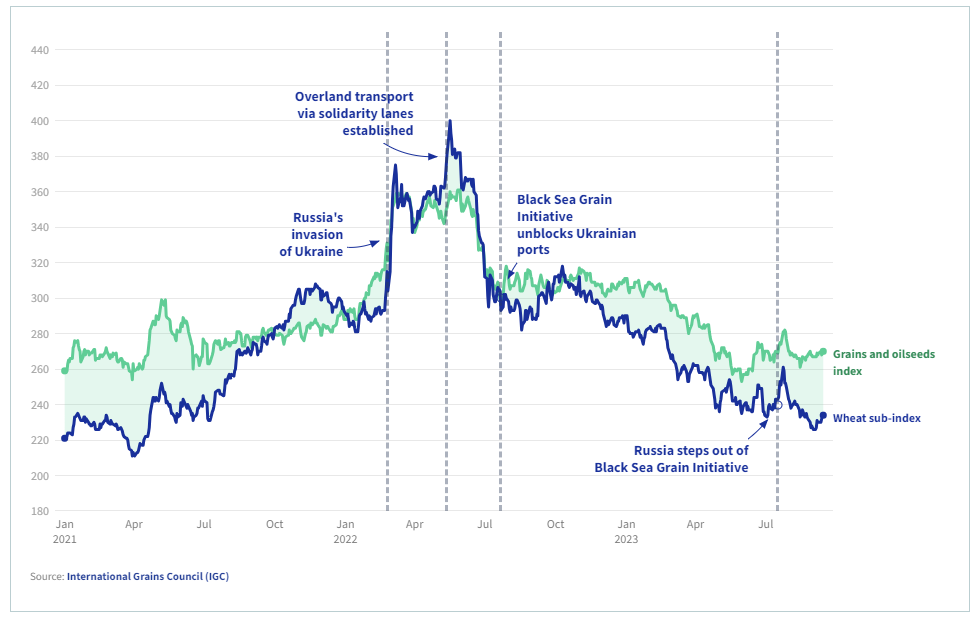Patrick Bet-David explains the causes behind the looming global food shortage, citing the Russia-Ukraine war, extreme weather conditions, and economic factors.
Do Americans really need to be concerned about food shortages? Surely this problem could never come knocking at our door.
The amount of people globally who are food insecure—meaning people who are not sure where their next meal will come from—has more than doubled over the last three years, from 145 million people in 2020 to 345 million today. With all the wars in the world that are affecting countries with critically important farmlands like Ukraine, this problem could reach us in the U.S. As PBD points out, a recent story that made headlines was the debut of $18 Big Macs at some McDonald’s locations in the U.S., a chain that used to pride itself on its competitively low prices.
Learn the benefits of becoming a Valuetainment Member and subscribe today!
About 70 percent of people suffering from hunger live in areas besieged by war and violence, according to the United Nations.
Since the start of the Russo-Ukraine War, Ukrainian exports of grain have been greatly disrupted by blockages of ports in the Black Sea by Russian ships, among other factors. Initially, Russia agreed to allow Ukrainian ships carrying grain to pass through under a pact called the “Black Sea Grain Initiative,” but then retracted the agreement.
Together, Russia and Ukraine make up a third of the global wheat trade, about 20 percent of the global maize trade, and nearly 75 percent of the global sunflower oil trade. Before the outbreak of the war, Ukraine was providing about 11 percent of the world’s wheat and 17 percent of its corn.
Since the war, the average price for agricultural shipping has increased from $30/ton to $200/ton—multiplying by seven in two years.
In February 2023, the U.S. Department of Agriculture estimated that American wheat exports in the last six months of 2022 were 37 percent lower than the previous year.
Meanwhile, China is maintaining its food stockpiles at record high levels, contributing to high global food prices.
The World Food Program predicts by 2023 there will be a shortage of wheat and corn, two key commodities of the global food supply chain, leading to higher food prices and possibly the cause for an economic recession.
To see what else Patrick and the team have uncovered about the future of food, and what solutions could be uncovered by courageous inventors and entrepreneurs, watch the rest of the video here.



















Add comment